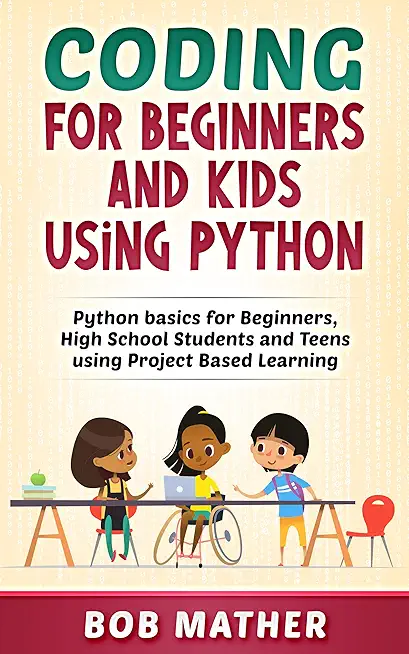20762: Developing SQL Databases Training in Kenner
|
We offer private customized training for groups of 3 or more attendees.
|
||
Course Description |
||
| This four-day instructor-led course provides students with the knowledge
and skills to develop a Microsoft SQL Server 2016 database. The course
focuses on teaching individuals how to use SQL Server 2016 product
features and tools related to developing a database.
Course Length: 4 Days
Course Tuition: $1750 (US) |
||
Prerequisites |
|
| Basic knowledge of the Microsoft Windows operating system and its core functionality. Working knowledge of Transact-SQL. Working knowledge of relational databases. | |
Course Outline |
|
Module 1: Introduction to Database Development This module is used to introduce the entire SQL Server platform and its major tools. It will cover editions, versions, basics of network listeners, and concepts of services and service accounts. Lessons
Lab: SQL Server Database Development Tasks After completing this module, you will be able to:
Module 2: Designing and Implementing Tables This modules describes the design and implementation of tables. (Note: partitioned tables are not covered). Lessons
Lab: Designing and Implementing Tables After completing this module, you will be able to:
Module 3: Advanced Table Designs This module describes more advanced table designs. Lessons
Lab: Using Advanced Table Designs After completing this module, you will be able to:
Module 4: Ensuring Data Integrity through Constraints This module describes the design and implementation of constraints. Lessons
Lab: Ensuring Data Integrity through Constraints After completing this module, you will be able to:
Module 5: Introduction to Indexes This module describes the concept of an index and discusses selectivity, density and statistics. It covers appropriate data type choices and choices around composite index structures. Lessons
Lab: Implementing Indexes After completing this module, you will be able to:
Module 6: Designing Optimized Index Strategies This module includes covering indexes and the INCLUDE clause, hints, padding / fillfactor, statistics. It also execution plans and the DTE Lessons. Lessons
Lab: Designing Optimized Index Strategies After completing this module, you will be able to:
Module 7: Columnstore Indexes This module introduces Columnstore indexes. Lessons
Lab: Using Columnstore indexes After completing this module, you will be able to:
Module 8: Designing and Implementing Views This module describes the design and implementation of views. Lessons
Lab: Designing and Implementing Views After completing this module, you will be able to:
Module 9: Designing and Implementing Stored Procedures This module describes the design and implementation of stored procedures. Lessons
Lab: Designing and Implementing Stored Procedures After completing this module, you will be able to:
Module 10: Designing and Implementing User-Defined Functions This module describes the design and implementation of functions, both scalar and table-valued. (Also discusses where they can lead to performance issues). Lessons
Lab: Designing and Implementing User-defined Functions After completing this module, you will be able to:
Module 11: Responding to Data Manipulation via Triggers This module describes the design and implementation of triggers. Lessons
Lab: Responding to Data Manipulation via Triggers After completing this module, you will be able to:
Module 12: Using In-Memory Tables This module covers the creation of in-memory tables and native stored procedures. Furthermore, advantages of in-memory tables are discussed, for example the removal of transaction blocking. Lessons
Lab: In Memory OLTP After completing this module, you will be able to:
Module 13: Implementing Managed Code in SQL Server This module describes the implementation of and target use-cases for SQL CLR integration. Lessons
Lab: Implementing Managed Code in SQL Server After completing this module, you will be able to:
Module 14: Storing and Querying XML Data in SQL Server This module covers the XML data type, schema collections, typed and un-typed columns and appropriate use cases for XML in SQL Server. Lessons
Lab: Storing and Querying XML Data in SQL Server After completing this module, you will be able to:
Module 15: Working with SQL Server Spatial Data This module describes spatial data and how this data can be implemented within SQL Server. Lessons
Lab: Working with SQL Server Spatial Data After completing this module, you will be able to:
Module 16: Storing and Querying Blobs and Text Documents in SQL Server This module covers full text indexes and queries. Lessons
Lab: Storing and Querying Blobs and Text Documents in SQL Server After completing this module, you will be able to:
|
Course Directory [training on all levels]
- .NET Classes
- Agile/Scrum Classes
- AI Classes
- Ajax Classes
- Android and iPhone Programming Classes
- Blaze Advisor Classes
- C Programming Classes
- C# Programming Classes
- C++ Programming Classes
- Cisco Classes
- Cloud Classes
- CompTIA Classes
- Crystal Reports Classes
- Design Patterns Classes
- DevOps Classes
- Foundations of Web Design & Web Authoring Classes
- Git, Jira, Wicket, Gradle, Tableau Classes
- IBM Classes
- Java Programming Classes
- JBoss Administration Classes
- JUnit, TDD, CPTC, Web Penetration Classes
- Linux Unix Classes
- Machine Learning Classes
- Microsoft Classes
- Microsoft Development Classes
- Microsoft SQL Server Classes
- Microsoft Team Foundation Server Classes
- Microsoft Windows Server Classes
- Oracle, MySQL, Cassandra, Hadoop Database Classes
- Perl Programming Classes
- Python Programming Classes
- Ruby Programming Classes
- Security Classes
- SharePoint Classes
- SOA Classes
- Tcl, Awk, Bash, Shell Classes
- UML Classes
- VMWare Classes
- Web Development Classes
- Web Services Classes
- Weblogic Administration Classes
- XML Classes
- Introduction to Spring 6, Spring Boot 3, and Spring REST
15 December, 2025 - 19 December, 2025 - RED HAT ENTERPRISE LINUX SYSTEMS ADMIN II
8 December, 2025 - 11 December, 2025 - Object Oriented Analysis and Design Using UML
20 October, 2025 - 24 October, 2025 - RHCSA EXAM PREP
17 November, 2025 - 21 November, 2025 - OpenShift Fundamentals
6 October, 2025 - 8 October, 2025 - See our complete public course listing




![iPhone 15 Guide for Seniors: Easy-to-Follow Learning for Older Adults with Step-by-Step Instructions and Visual Aids [II EDITION]](/bookim/9781915331922.jpg)

